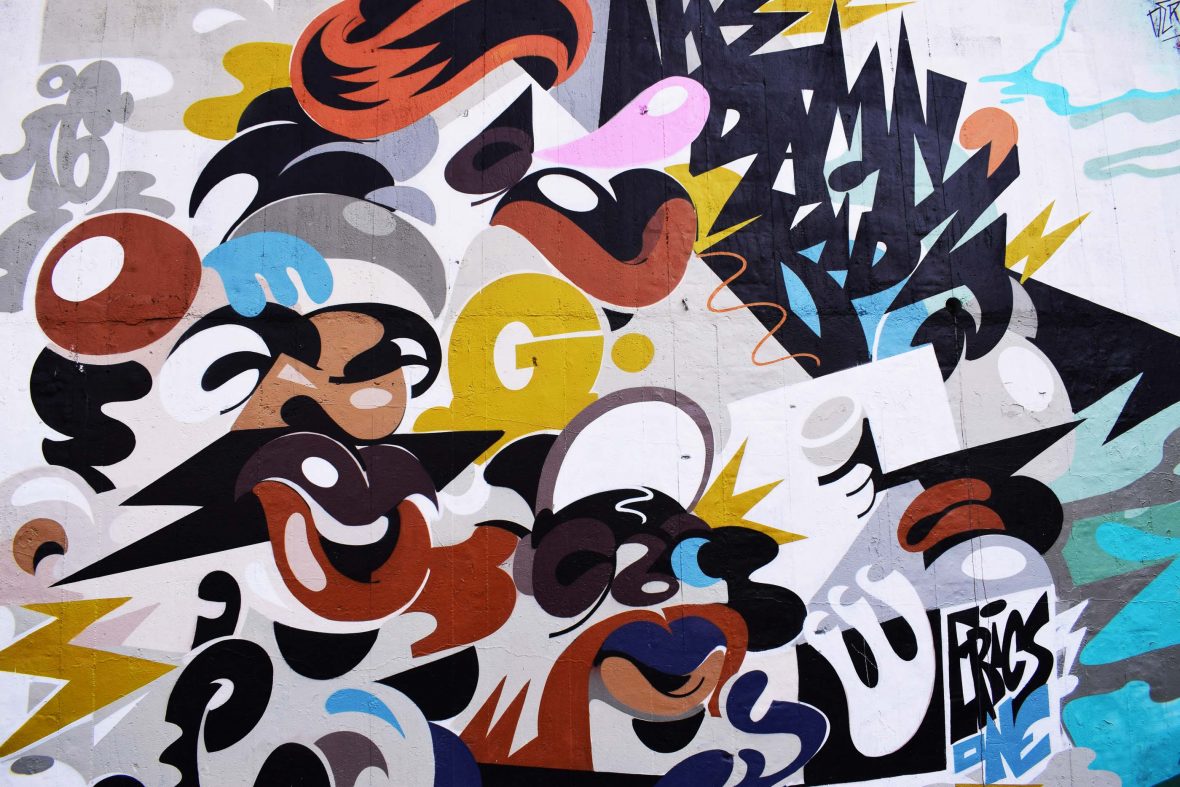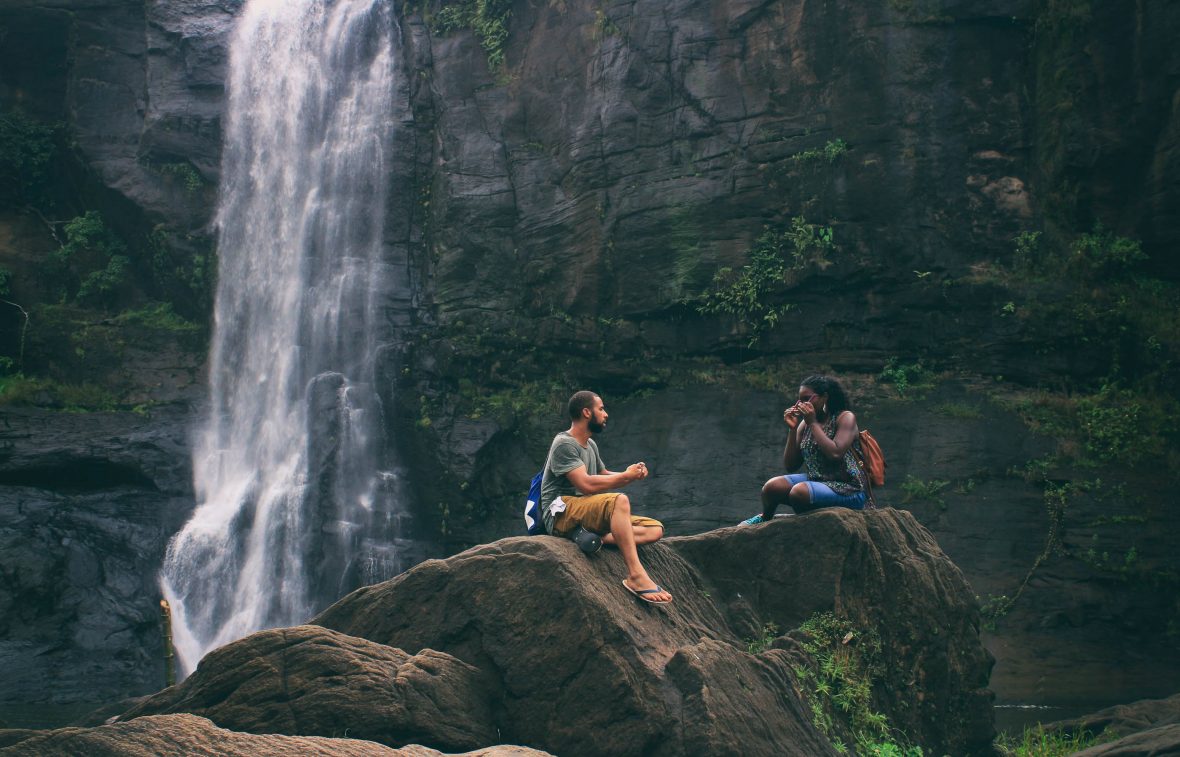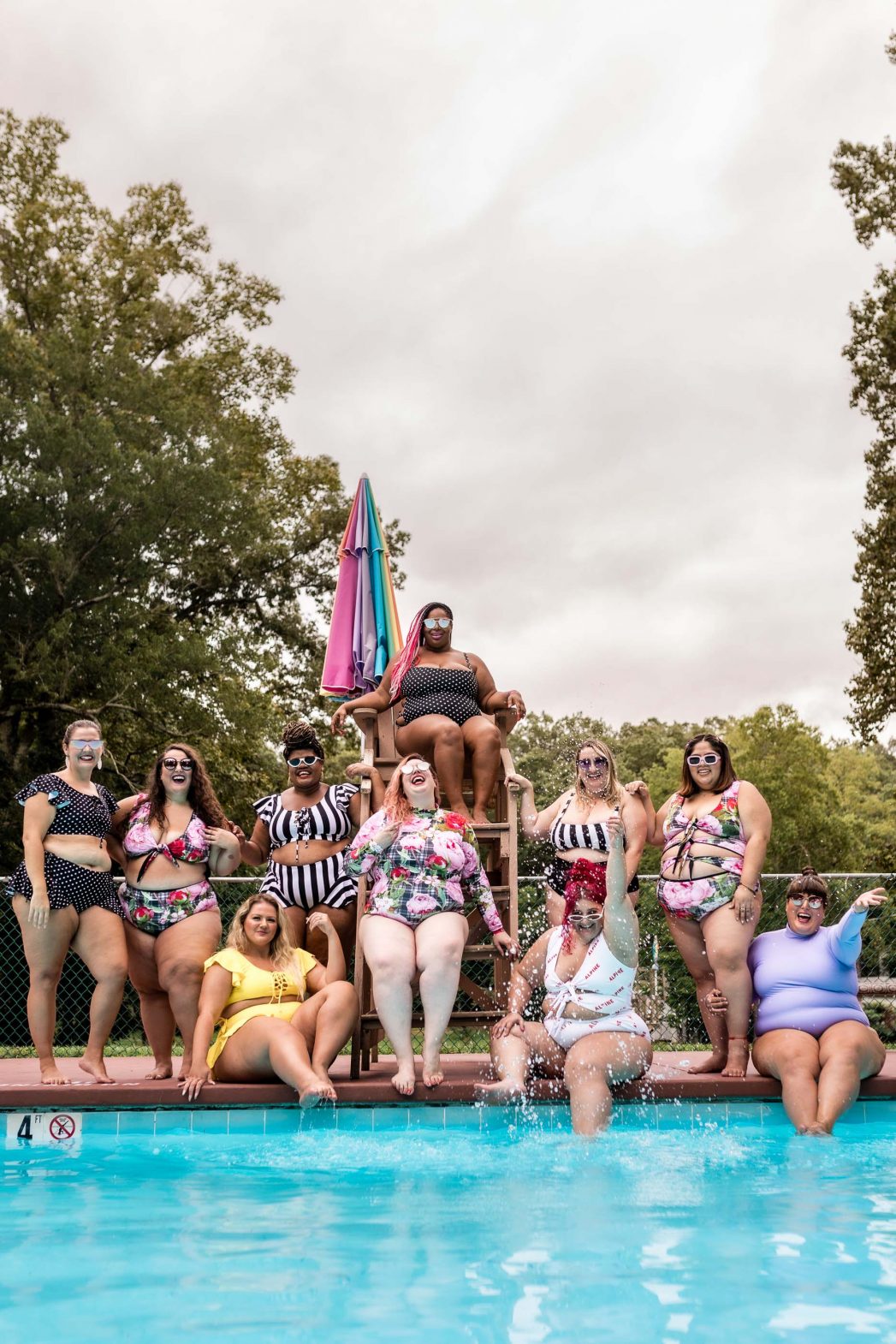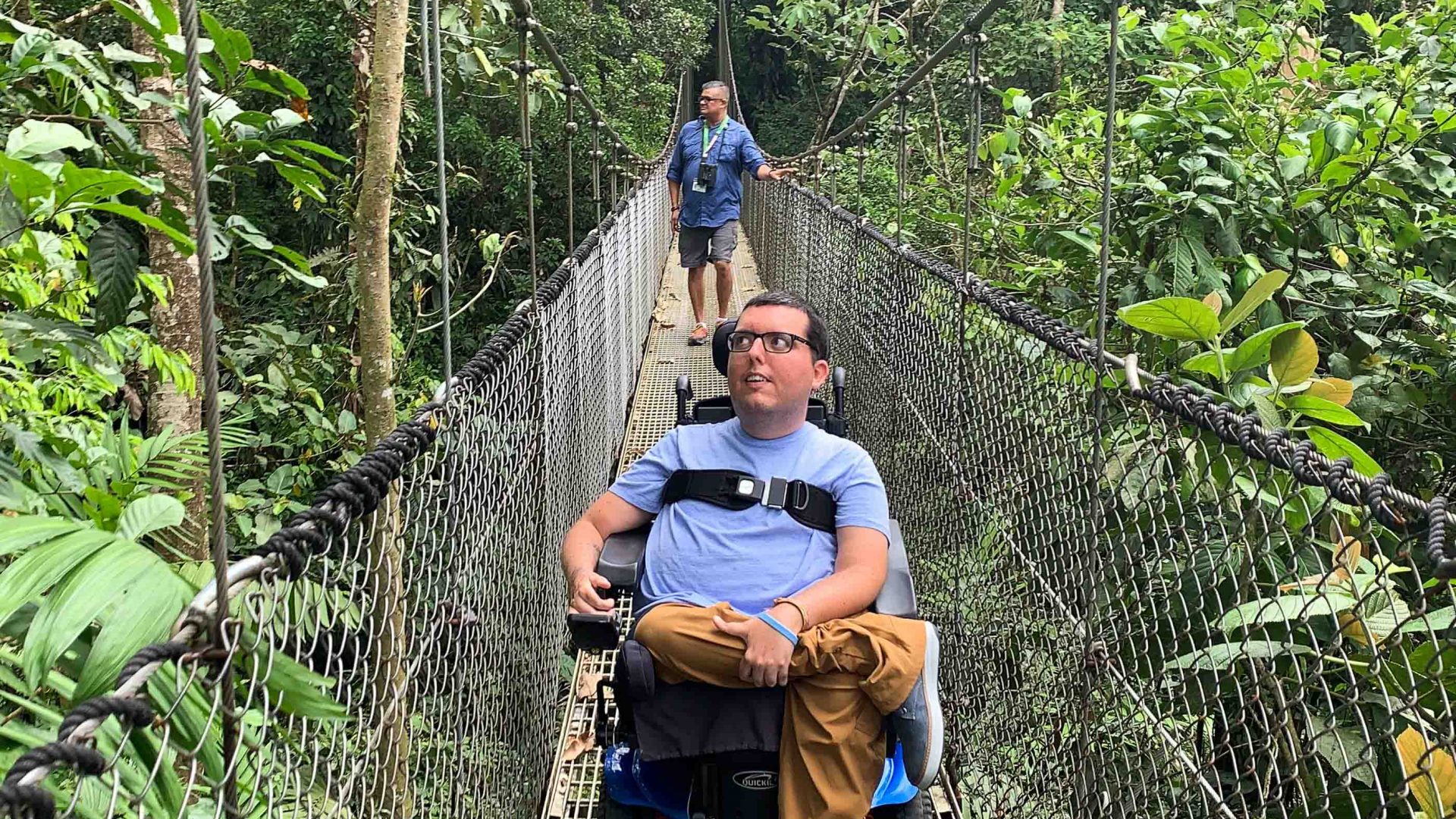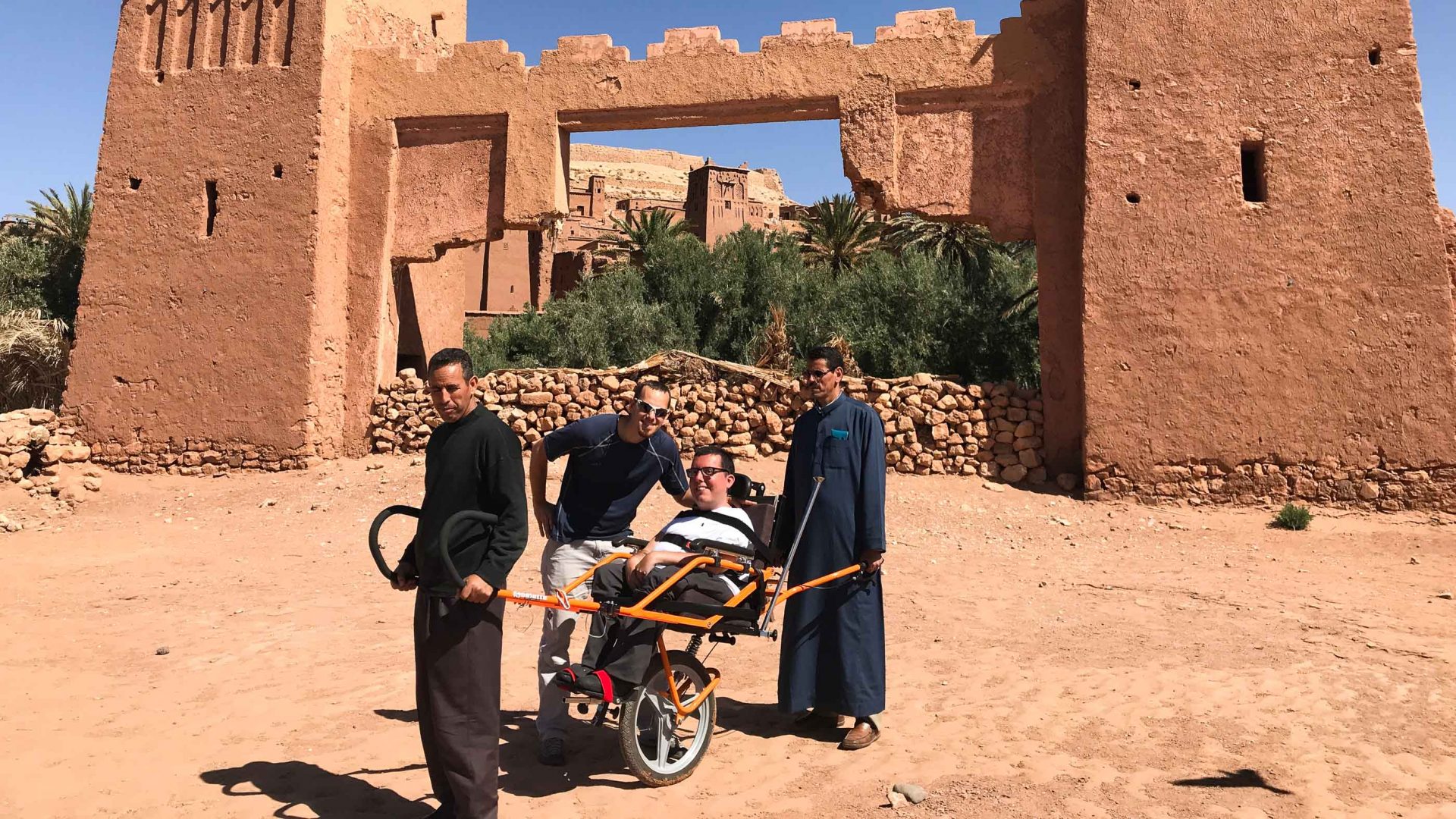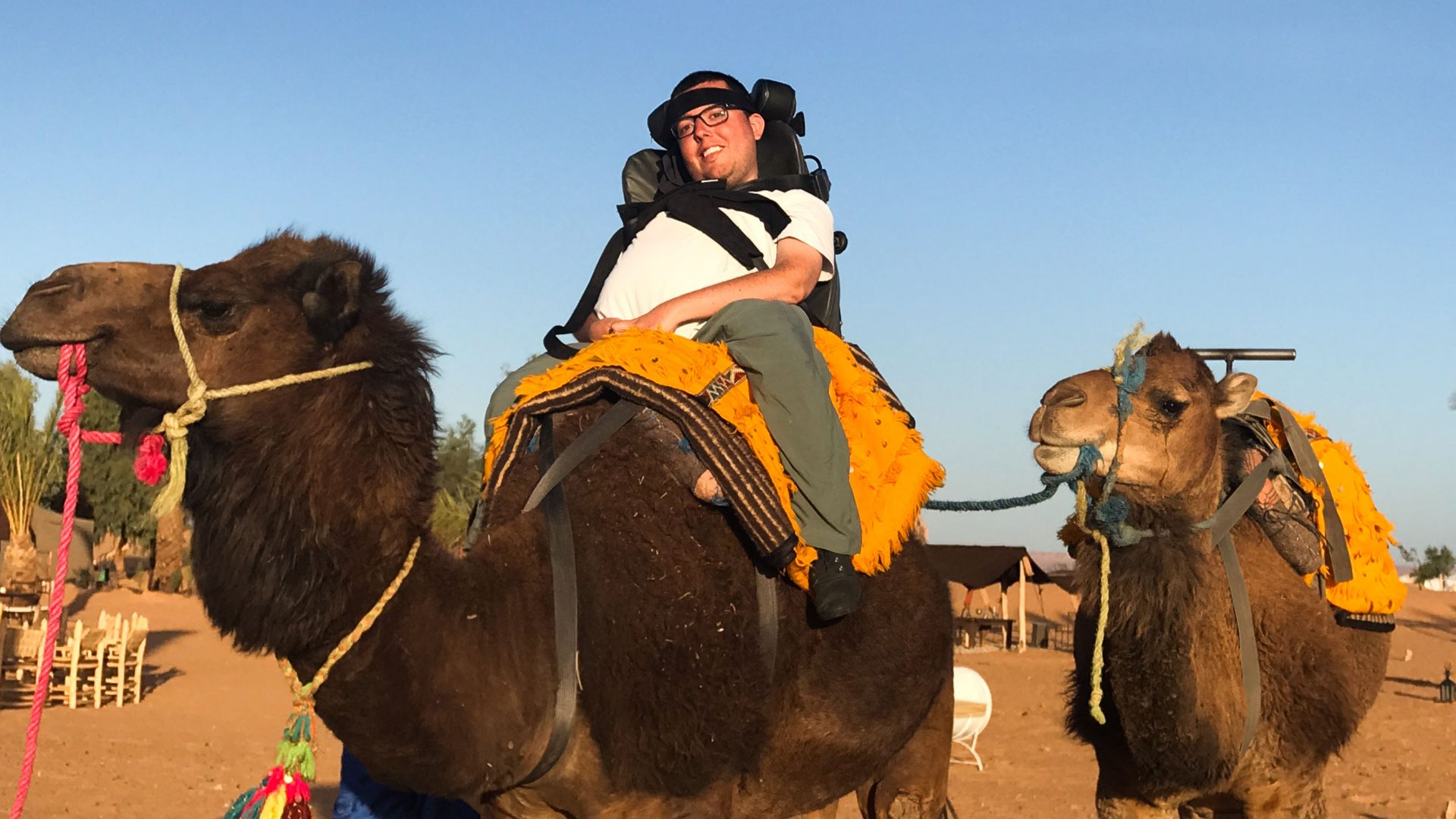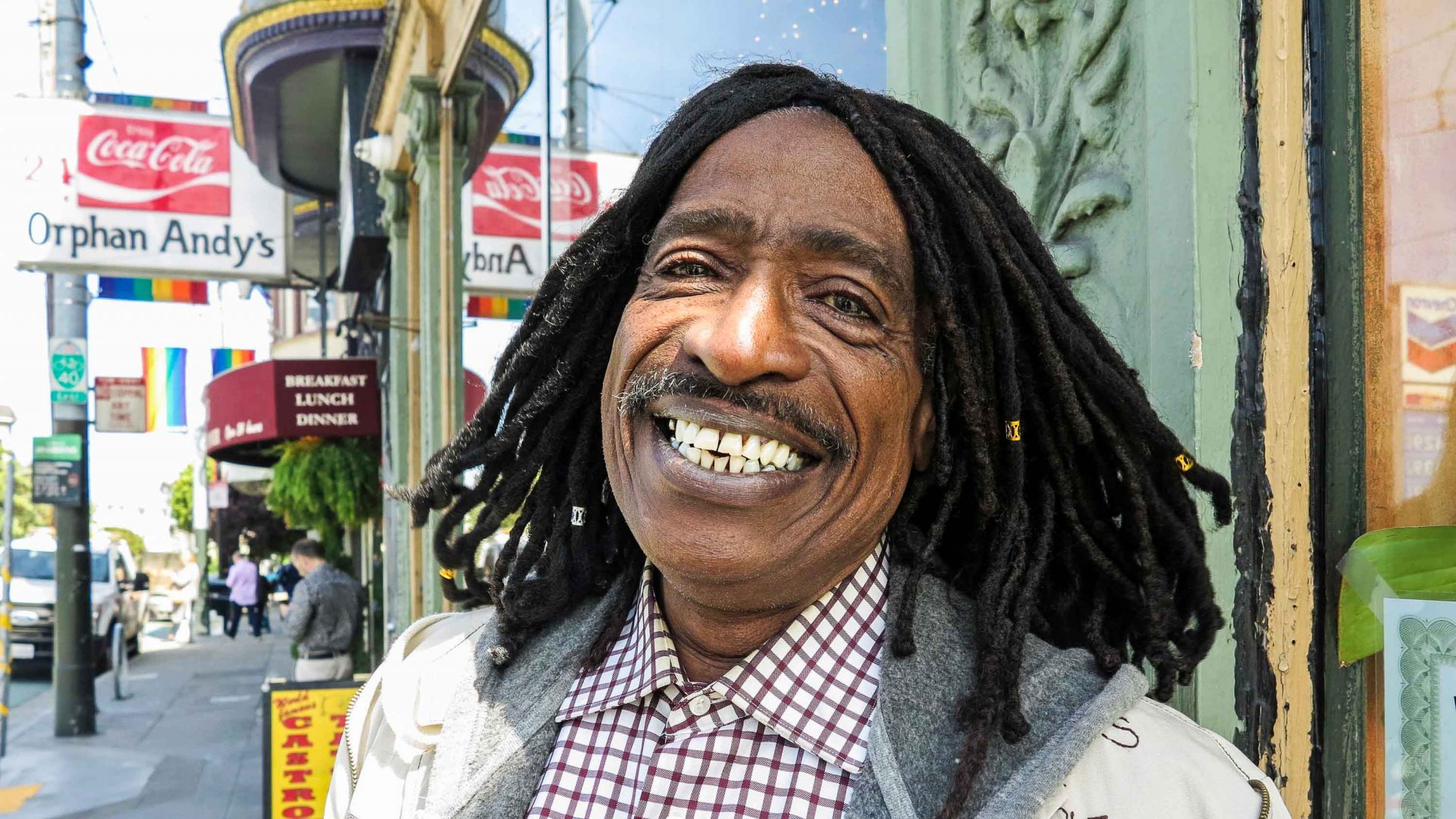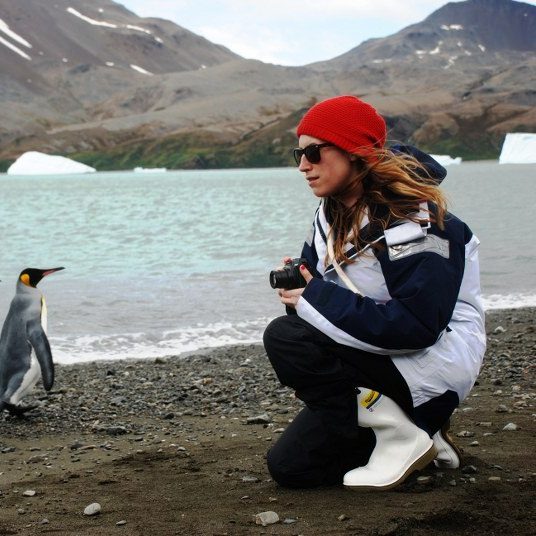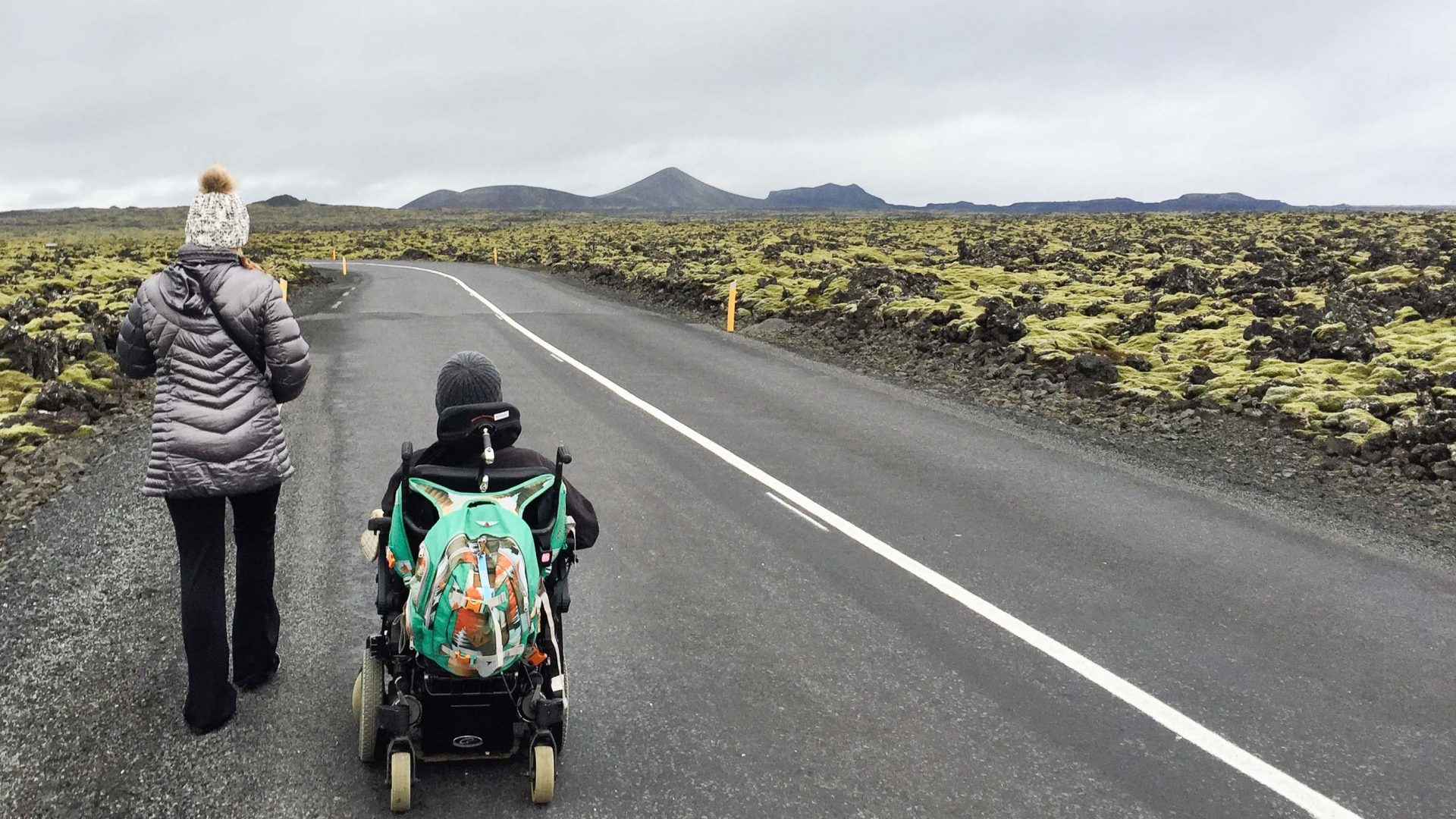
Editor’s note: This article was published before the coronavirus pandemic, and may not reflect the current situation on the ground.
Inclusive and accessible travel goes far beyond marketing talk and diversity-box-ticking—it’s about designing experiences, accommodation and transport options that don’t exclude anyone. Lola Akinmade Åkerström asks the experts what the travel industry can do to catch up.
Martinique Lewis and travel writer Sassy Wyatt were both looking forward to a vibrant graffiti tour around one of England’s largest cities. As expected, the tour was awash with vivid imagery, splashed across walls and buildings for the participants to enjoy.
But the tour had overlooked one issue: Sassy Wyatt is blind, and Martinique Lewis just so happens to be a diversity in travel consultant who advocates for inclusion across various aspects of travel. “I grew up with a blind grandmother, so I understood the part I would have to play on this trip,” says Lewis. “Descriptions and specific instructions go a long way with someone who is visually impaired.”

